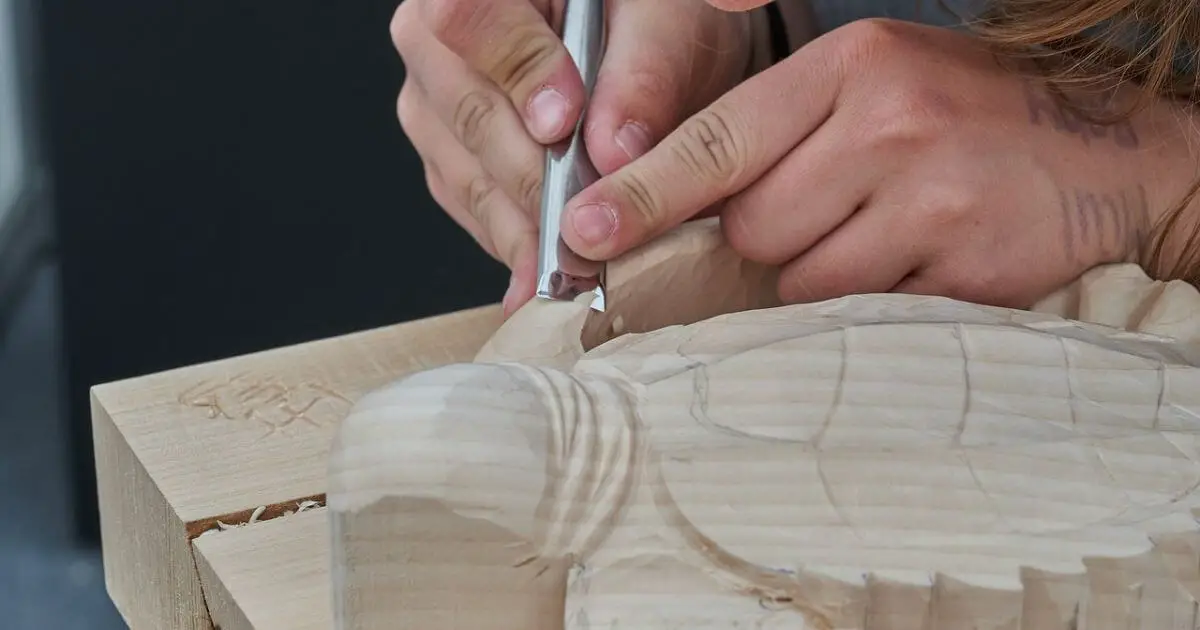Crocodile wood is a dense and durable type of hardwood that comes from the forests of Central and South America. Crocodile wood gets its name from the bark, which resembles crocodile skin. It is one of the most popular wood species for carving.
Crocodile wood is known for its suitability and ease of carving. Unlike some hardwoods, crocodile wood responds well to hand and power tools, allowing carvers to achieve their desired results with precision and efficiency.
Why Should You Choose Crocodile Wood for Carving?
Aesthetics and Finish:
One of the most appealing aspects of crocodile wood is its natural beauty. Crocodile wood is a pale, creamy color that delivers an excellent canvas for intricate carving designs. Additionally, crocodile wood accepts stains, finishes, and sealants well.
Durability and Longevity:
Despite its lightweight nature, Crocodile Wood offers impressive durability. When properly cared for, Crocodile Wood can stand the test of time, making them heirlooms to be treasured for generations. Its resistance to distortion and cracking further increases its longevity.
Affordable and Accessible:
Unlike some exotic hardwoods, crocodile wood is relatively affordable and readily available in many markets. Its accessibility makes it an attractive option for both seasoned artisans and newcomers to the craft of carving.
Minimal Maintenance Requirements:
Crocodile Wood requires minimal maintenance. Regular dusting and polishing are enough to keep them looking their best.
Sustainability:
Crocodile wood is sourced from sustainable plantations and managed forests, ensuring that carvers can enjoy this material guilt-free.
FAQs About Crocodile Wood Carving:
Is Crocodile Wood Suitable for Intricate Carvings?
Yes, crocodile wood’s fine grain and medium density make it well-suited for intricate carving work, allowing artisans to achieve delicate details with ease.
Can Crocodile Wood Be Used for Outdoor Carvings?
While crocodile wood is durable, it’s best suited for indoor carvings or protected outdoor installations. Extended exposure to moisture and weather elements may affect its longevity.
Does Crocodile Wood Require Special Tools for Carving?
Crocodile wood responds well to standard carving tools, such as chisels, gouges, and rotary tools. Sharp, high-quality tools ensure clean cuts and precise detailing.
Is Crocodile Wood Environmentally Friendly?
Yes, crocodile wood is sourced from sustainable plantations and managed forests.
Can Crocodile Wood Be Stained or Painted After Carving?
Yes, crocodile wood accepts stains, paints, and finishes readily, allowing carvers to customize their creations according to their artistic vision.
Is Crocodile Wood More Challenging to Carve Compared to Other Woods?
While crocodile wood is relatively easy to carve, its fine grain and intricate patterns may require careful attention to detail, especially for complex designs.

